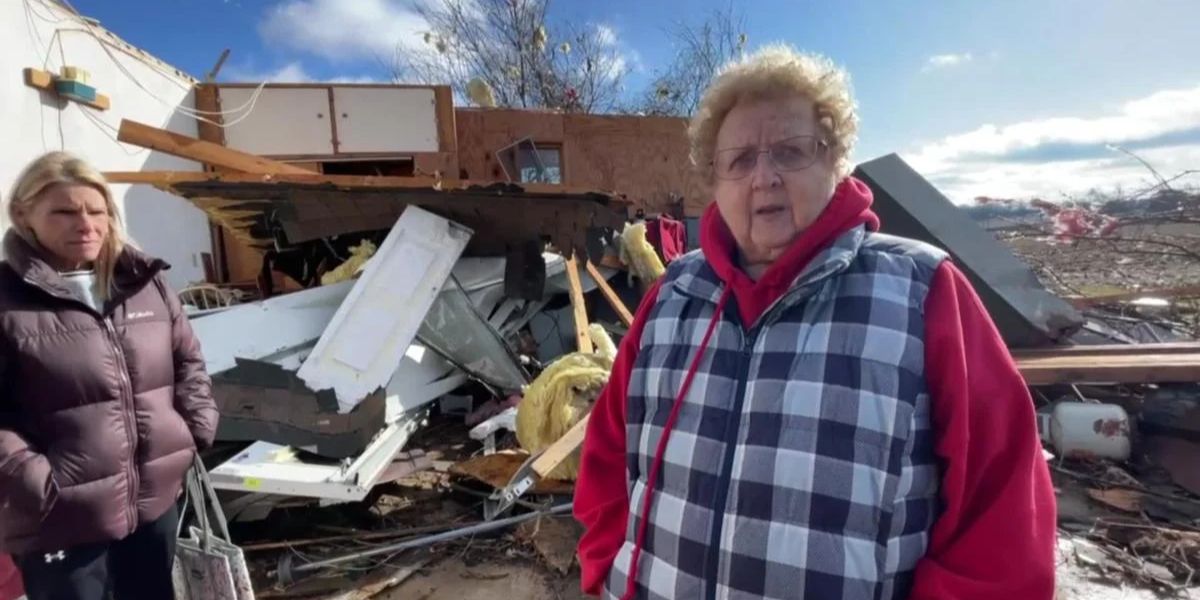An extreme heat wave that has swept across most of the United States in recent days is suspected of killing at least 28 people in the previous week, according to state officials, medical examiners, and news outlets. The figure, based on preliminary reports from California, Oregon, and Arizona, is expected to rise as authorities examine the death toll from a heat wave that began last week and brought record-breaking temperatures to the West and searing East Coast cities. As of Wednesday, over 135 million people in the Lower 48 were under heat alerts, with many anticipated to last into the weekend.
The majority of the deaths have been recorded in California, where temperatures surpassed daily records late last week in a few major cities, including San Jose, Fresno, and Oakland. Chief Medical Examiner Michelle Jorden of Santa Clara County, which includes San Jose, stated that her agency is investigating 14 cases in which persons appear to have died from heat-related causes.
Jorden stated that eight of those who died were above the age of 65, with the majority found in their houses. Two of the cases were homeless people, while one was residing in transitional housing.
“What I do want to emphasize is that these cases are still under investigation,” Jorden said, adding that determining an exact death toll would likely take days or weeks. At this time, the number of fatalities in the region is not frighteningly high, she stated, “but we’re going to experience another heat wave that’s going to last for the next three days.”
On Saturday, a motorcyclist perished from heat exposure at Death Valley National Park, where the temperature reached 128 degrees. On that same day, a woman detained at the Central California Women’s Facility died as temperatures in the Central Valley, where the prison is located, hit 110 degrees. Although local police questioned if the woman’s death was caused by the heat wave, her daughter told the Sacramento Bee that she had complained about the excessive heat within the prison for years. On Sunday, a 58-year-old Sacramento man died of heat stroke after being brought to the hospital from his unairconditioned house.
Oregon looks to have experienced some heat-related fatalities as the state baked in triple-digit temperatures for days.
As of Wednesday afternoon, the Oregon State Medical Examiner’s Office had published information on ten people suspected of dying from heat-related conditions. Six persons perished in the Portland, Oregon region, with the remaining four deaths occurring in Washington, Coos, Klamath, and Jackson counties. Half of the fatalities were elderly, while others were younger. They were all men: two 33-year-olds and one 27-year-old. The office did not offer information on the circumstances behind their deaths or the dates they occurred.
In Arizona, NPR affiliate station KJZZ reported that a 4-month-old newborn girl died on July 5 after falling unresponsive while on a boat with her family on Lake Havasu. A spokeswoman for the Mohave County Sheriff’s Department told the station that the girl had a heat-related sickness.
Since July 1, hundreds of heat records have been established in the United States, including many in the West. Temperatures have risen so high that some rescue helicopters have been unable to fly because the air has become too thin for the blades to hold onto.
The heatwaves have not spared the East Coast. Raleigh, North Carolina, reached an all-time high of 106 degrees on Friday. The Maryland Department of Health recorded two deaths from heat-related causes during the week of June 30 to July 6.
The actual number of deaths due to the heat wave could stay unknown for a long period. Public health specialists also emphasized that official mortality estimates are likely to be underestimated.
Although heat is the greatest weather-related cause of death in the United States, killing more people than hurricanes, tornadoes, and wildfires combined, researchers, medical examiners, and physicians continue to struggle with how to reliably quantify the dead. Heat-related deaths are not always clear; they are frequently overlooked and classified as heart failure or other cardiovascular issues, although heat was the cause.
Officials in many states, including Washington, North Carolina, and South Carolina, said they had received no reports of heat-related deaths as of yet. The California Department of Public Health was unable to offer a statewide estimate of probable heat-related deaths at the time of publishing.
According to washingtonpost, heat-related mortality in the United States has gradually grown in recent years, with a projected total of just over 2,300 by 2023. In 2021, over 1,600 people died as a result of heat exposure, with another 1,700 expected in 2022.
Ashley Ward, director of Duke University’s Heat Policy Innovation Hub, stated that there are indicators of improved reporting and classification of these deaths. Previously, she added, it was difficult to pique the public’s attention to the dangers of heat. But that is starting to change.
“The extreme nature of the heat last summer and this summer has meant it’s in the forefront of everyone’s mind, including those in charge of classifying health outcomes and deaths,” Ward told the audience. “Awareness plays a critical role in this equation.”



